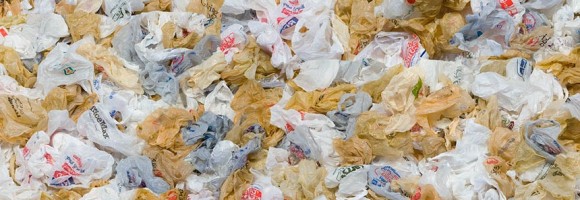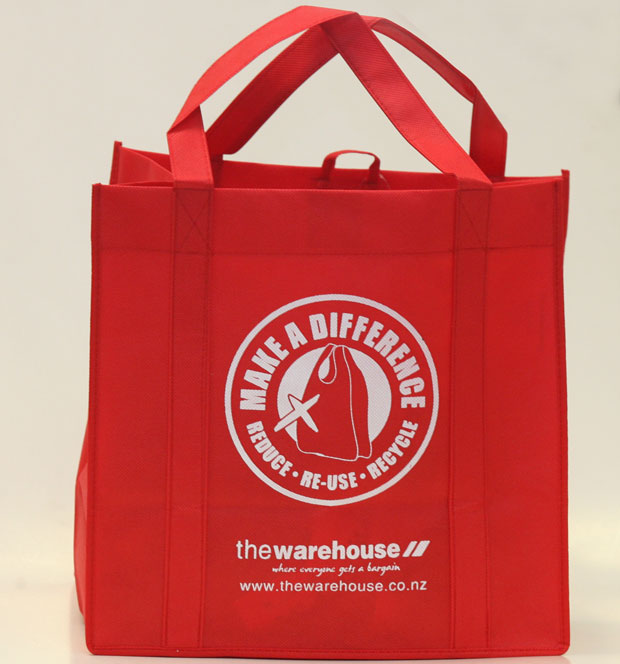Can your smartphone reduce your energy footprint?


New mobile technology is making energy use – and wastage – much more visible for households.
Since 2009, Powershop has burnished its green credentials as one of the only New Zealand power companies actively helping its customers to use less electricity.
The first to sell carbon offset energy through its online shop, Powershop has now positioned itself as the world’s only ‘mobile power company’. CEO Ari Sargent says smartphones can be fantastic tools for households who want to reduce their energy footprint.
“Mobile makes viewing and understanding energy consumption radically simpler, easier to understand and, importantly, more fun.
“It gives you an incentive to really understand where you’re using or wasting the most power, which leads to lower usage,” Mr Sargent says.
Powershop’s mobile app lets you track and compare your power use between days when heat pumps or heaters were switched off or left running, mornings when no one was home and when guests stayed over, or nights when the game console was used heavily or not at all.
“Mobile makes it real. If you can literally see the difference between switching lights off or leaving them on, you’re far more likely to change your habits and behaviour,” Mr Sargent says.
Small steps add up
Max Dermann, a self-professed ‘conscious consumer’ from the Kapiti Coast joined Powershop three years ago to gain better control over his power consumption. Max says it was just one more choice his family could make to reduce their impact on the environment.
“I want my children to grow up breathing clean air. Everyone can take small steps toward making that happen, if more of us do and we combine them, they become huge steps,” Mr Dermann says.
All the electricity Max buys from Powershop, a product called Airshed, is carbon offset. He and his family also ride bicycles where they can instead of driving, use energy efficient lighting and appliances, grow vegetables at home and buy local organic produce whenever possible.
Max uses Powershop’s mobile app to track how much power his appliances use on a daily basis. He recently found turning his heat pumps down at night used no more power than switching them off and powering them up in the morning.
“It just takes a few seconds to open the app and all the information is there. It’s like checking the weather or your bank account. Mobile is the perfect platform to make you more aware of how much energy you’re using.”
Max and his wife are now thinking of building a modern log home constructed from sustainably sourced pine wood. Despite taking a fraction of the energy to heat compared with traditional New Zealand homes, he says he’ll still track his power use on his smartphone.
“If we can choose to use less energy without compromising our comfort or quality of life, we should make that choice, both for ourselves and our children’s generation,” Mr Dermann says.
















